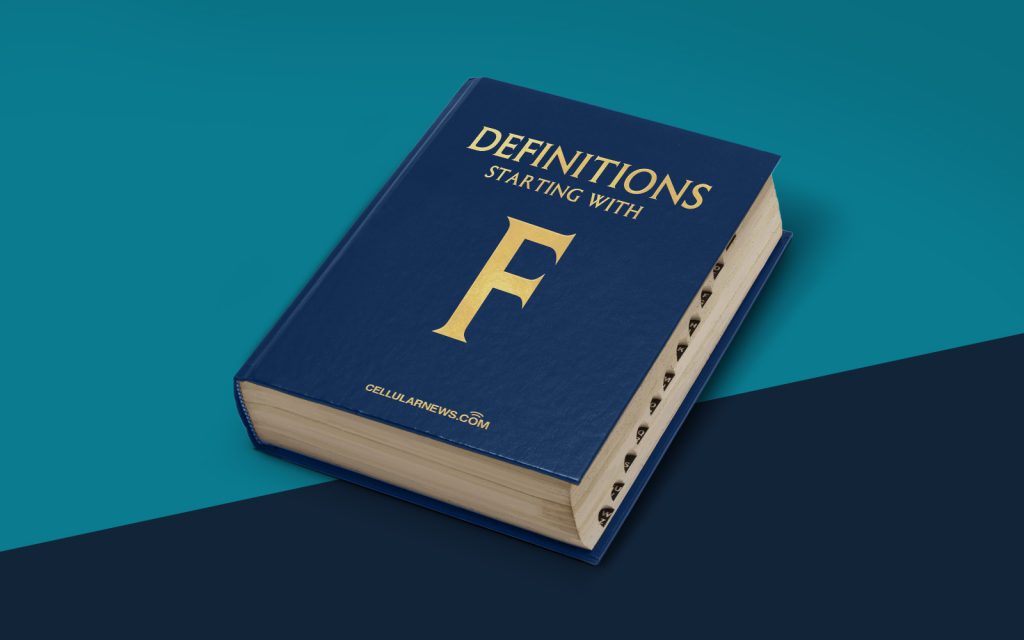
Introduction: What is Free Lossless Audio Codec (FLAC)?
Do you love music and want to listen to your favorite songs in the best quality possible? If so, you may have come across the term “Free Lossless Audio Codec” or FLAC. In this article, we will dive into what FLAC is all about and why it has become a popular format among audiophiles and music enthusiasts. So, let’s turn up the volume and explore the world of FLAC!
Key Takeaways
- FLAC stands for Free Lossless Audio Codec, which is a high-quality audio compression format.
- FLAC offers a perfect reproduction of the original audio source while reducing file size.
What is FLAC?
FLAC, standing for Free Lossless Audio Codec, is an audio compression format that allows you to enjoy high-quality music without sacrificing the original audio source. Unlike other audio formats such as MP3 or AAC, FLAC does not lose any of the audio data during the compression process. This means that FLAC files can provide a perfect reproduction of the original audio source, ensuring that you enjoy your favorite tunes in the highest possible quality.
Developed by Josh Coalson and released in 2001, FLAC has gained popularity among audiophiles due to its ability to maintain the original audio quality while reducing the file size. With FLAC, you can save valuable storage space on your devices without compromising the audio fidelity of the songs you love.
How Does FLAC Work?
FLAC achieves lossless compression by encoding audio data in a way that allows it to be reconstructed identically to the original source. It uses a process called predictive coding, where each audio sample is predicted based on the previous samples and the difference between the prediction and the actual sample is stored. By utilizing this technique, FLAC is able to reduce the file size without sacrificing any audio data.
When you play a FLAC file, your media player decodes the compressed audio data in real-time, reconstructing the original audio signal and delivering a bit-perfect representation of the music. This means that you can enjoy your favorite songs in FLAC format without any loss in audio quality.
One important thing to note is that FLAC is a lossless format, not a lossy one like MP3. Lossy formats such as MP3 discard some audio data during compression to achieve smaller file sizes. In contrast, FLAC retains all the original audio data, providing a true and faithful representation of the source material.
Why Use FLAC?
So, why choose FLAC over other audio formats? Here are some reasons why FLAC has gained popularity among music enthusiasts:
- Preserves audio quality: FLAC offers a perfect reproduction of the original audio source, allowing you to hear all the subtle details and nuances in the music.
- Reduces file size: While FLAC retains the audio quality, it can significantly reduce the file size compared to uncompressed audio formats like WAV or AIFF.
- Compatibility: FLAC is supported by a wide range of audio players and devices, including smartphones, tablets, and dedicated audio equipment.
- Metadata support: FLAC supports embedded metadata such as album art, artist information, and track details, enhancing your music library organization.
With these benefits, FLAC has become a go-to choice for audiophiles and music enthusiasts who seek the best audio quality without compromising storage space.
Conclusion
Free Lossless Audio Codec, or FLAC, is a high-quality audio compression format that allows you to enjoy your favorite music with no compromise in audio fidelity. By retaining all the original audio data, FLAC provides a bit-perfect reproduction of the source material while reducing file size. Whether you want to preserve the highest audio quality for your music collection or save storage space without sacrificing audio quality, FLAC is a format worth considering. So, go ahead and immerse yourself in the world of FLAC and rediscover your favorite songs like never before!
